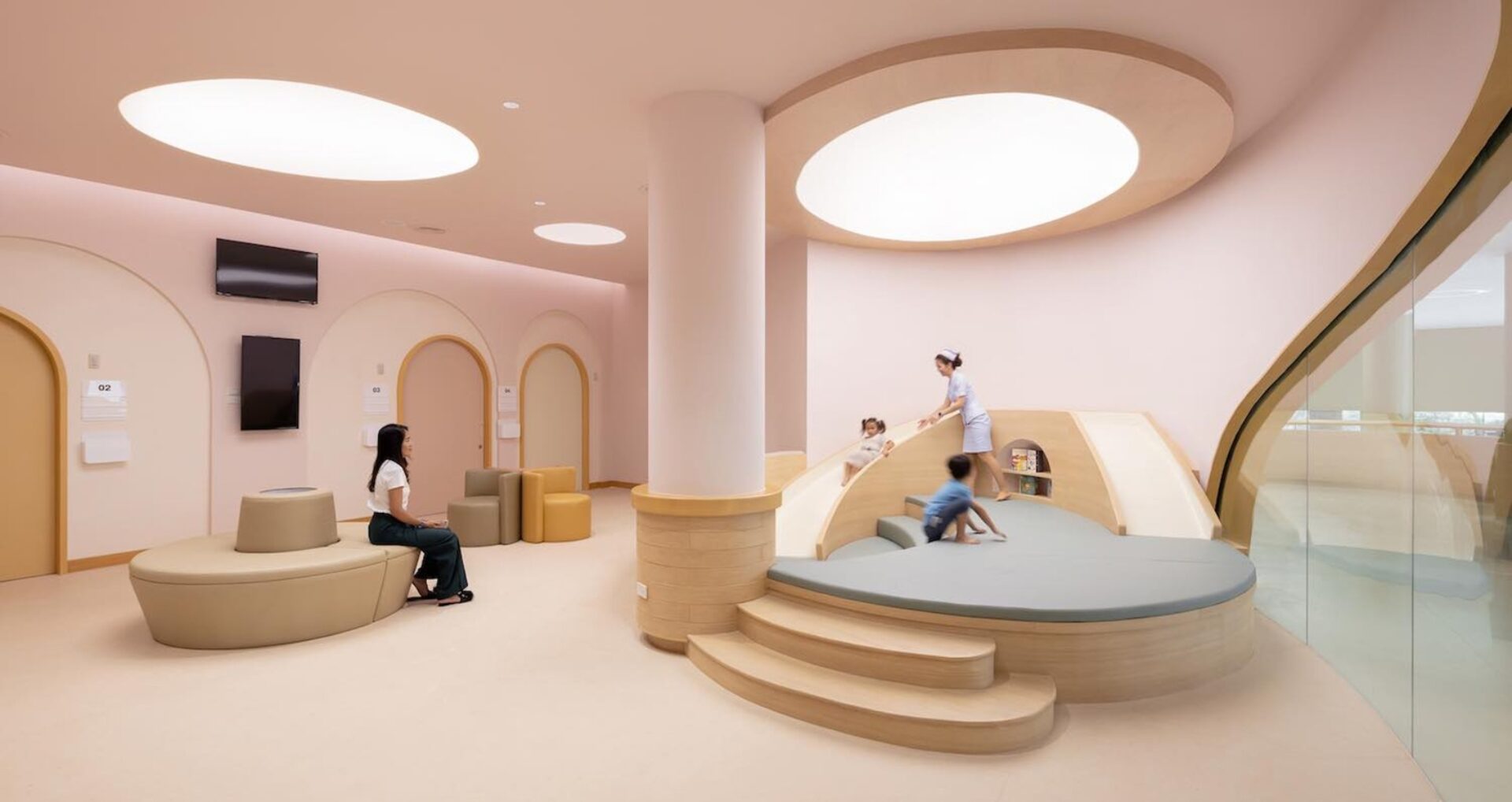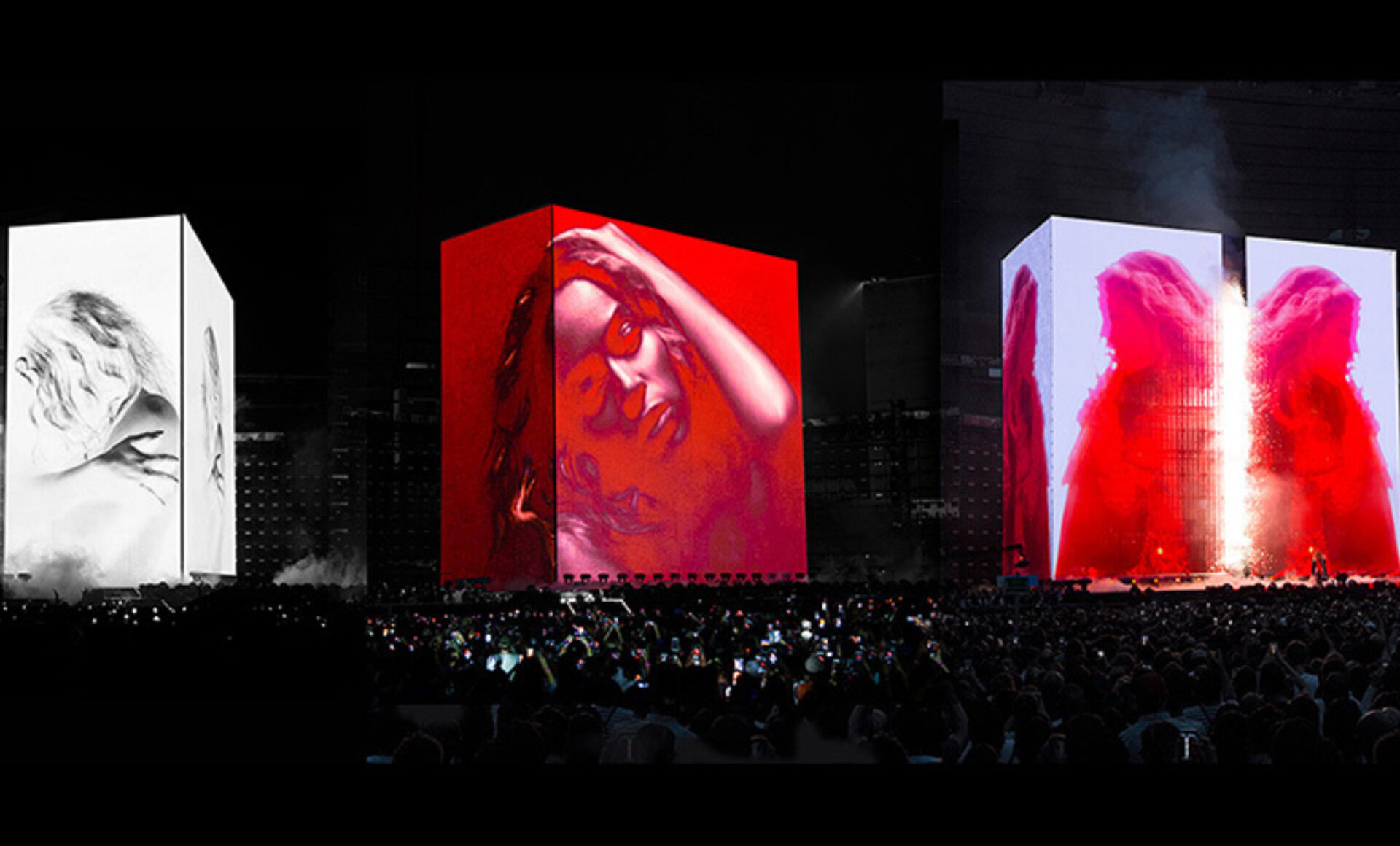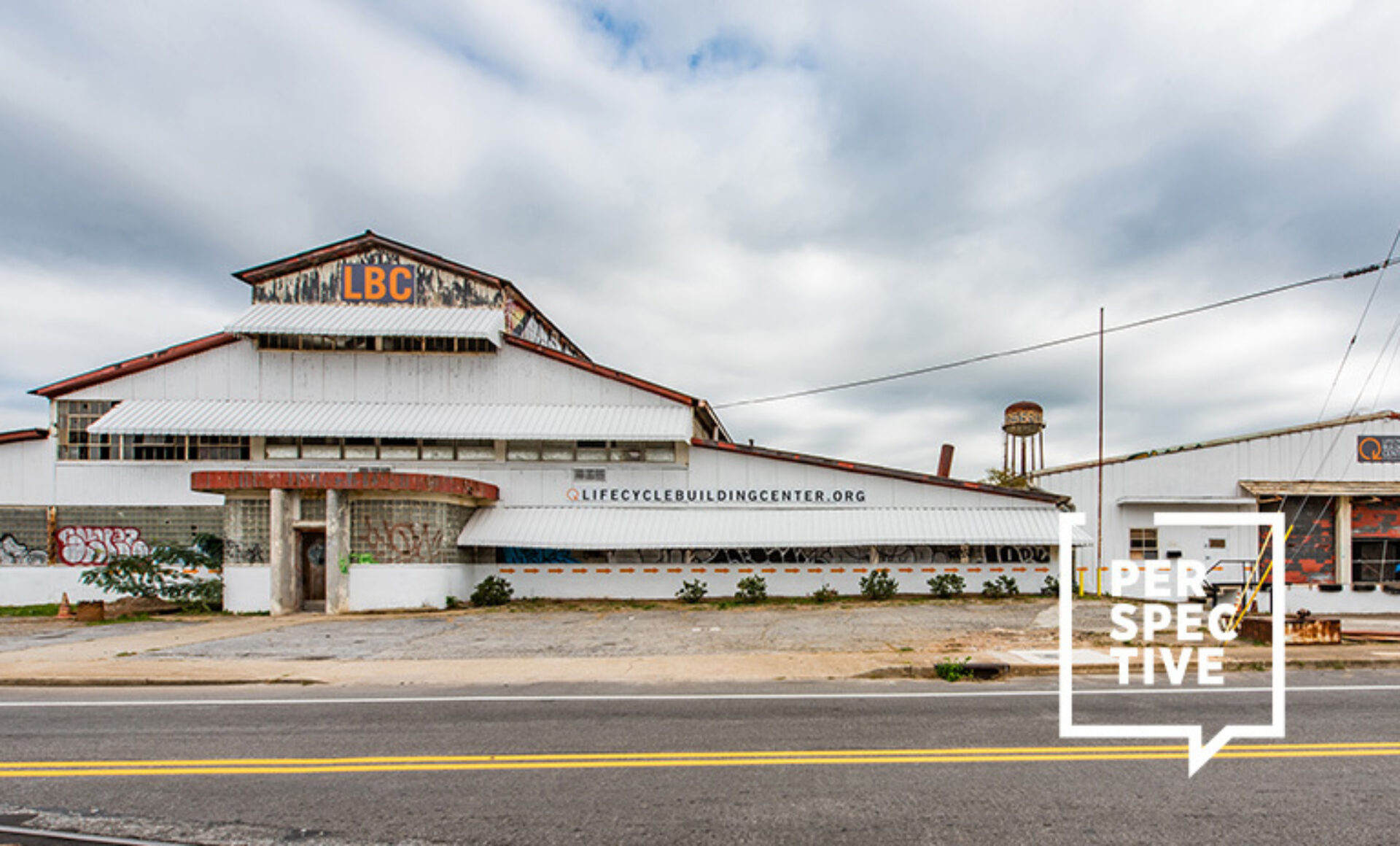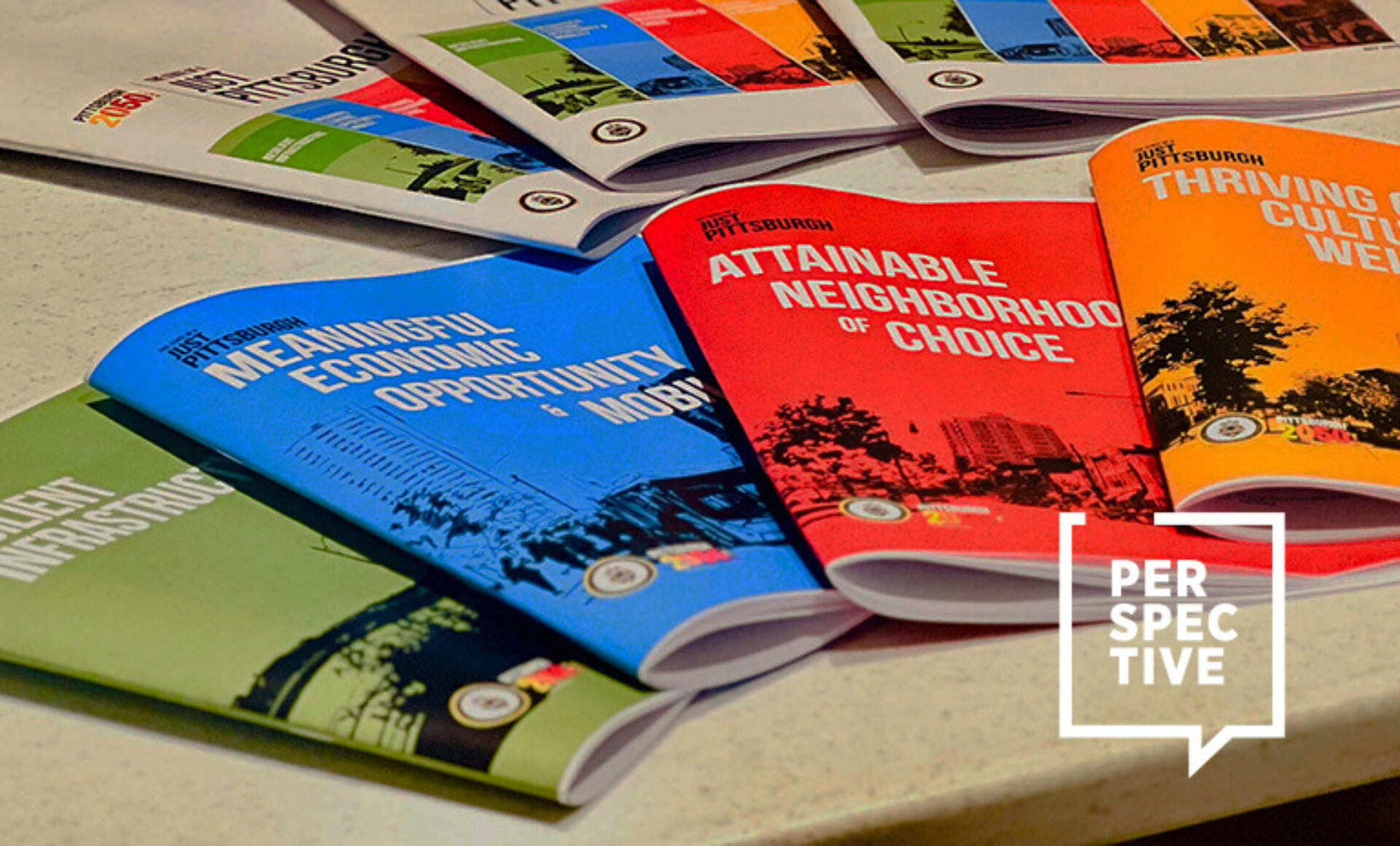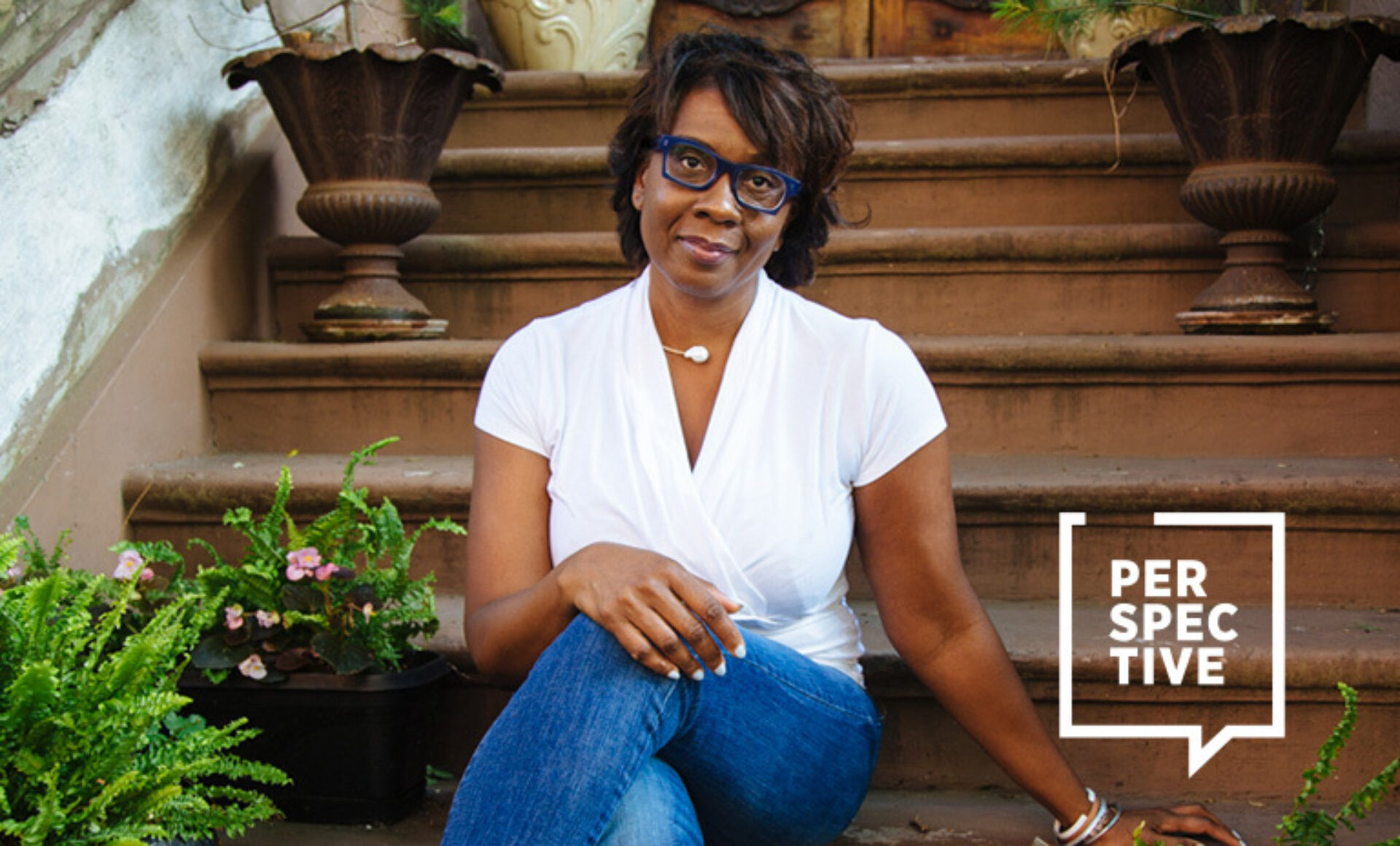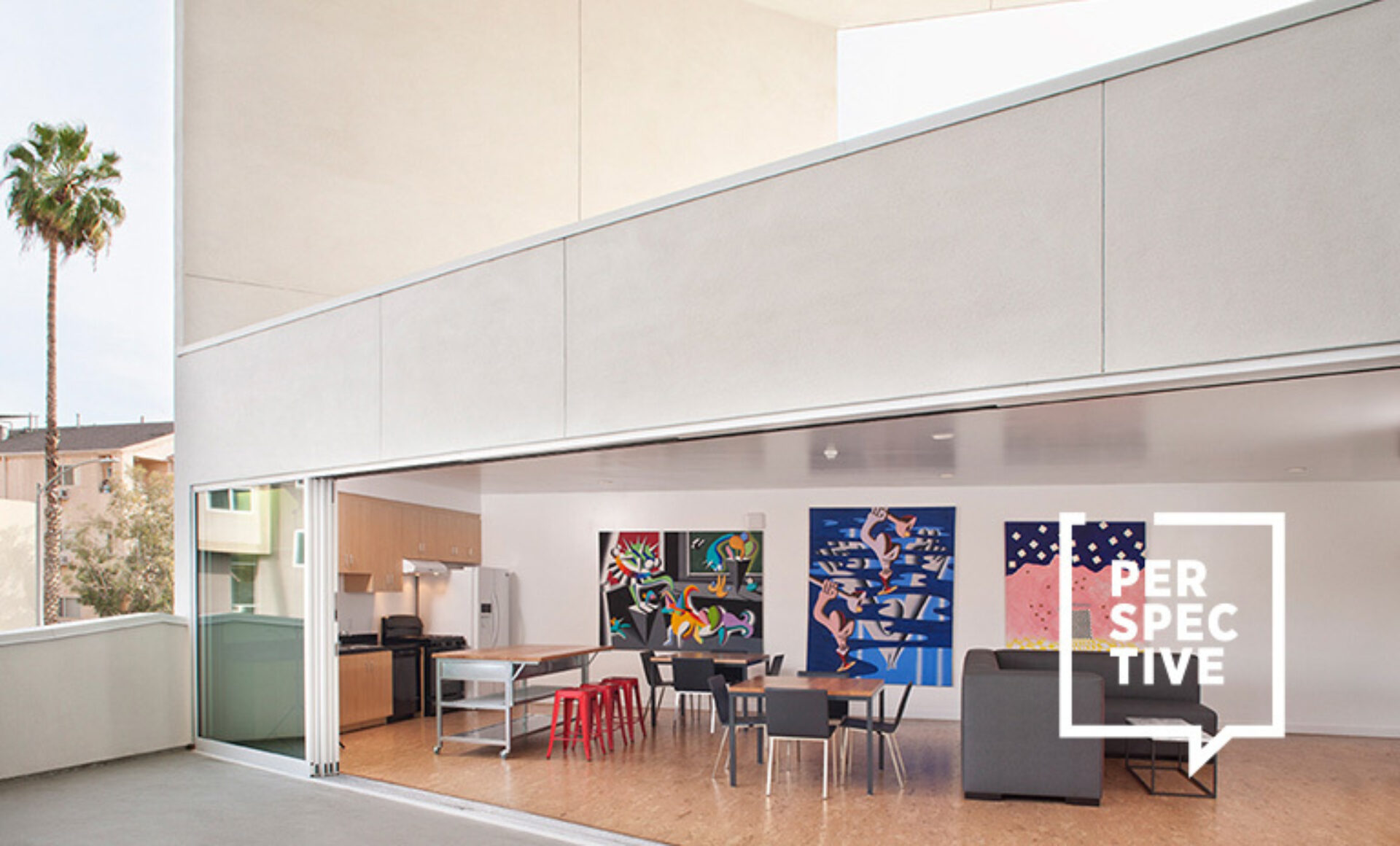1. Beach Vibes Meet Japanese Style
For Japanese brand Nanamica’s first U.S. outpost, founder Eiichiro Hommam was out to create a space that would reflect the fashion company’s high-level mix of fashion and functionality. Created in collaboration with Japanese architect Taichi Kuma, the store takes its inspiration from a beach house, “expressing the free and relaxed feeling of the seaside, but with a distinctly Japanese aesthetic sensibility.”
Gabled frames made of light oak line the store’s interior to create a structure within a structure, with walls and ceiling beams painted white. And a polished concrete floor imitates the sheen and pattern of marble, invoking the sensation of water reflecting the surface.
Below

Nanamica

Nanamica
2. Pop-Up Classrooms
Seemingly overnight, students around the globe found themselves in virtual classrooms. But as the world adapts to the next normal and heads back to in-person learning, architecture studio SOM is pitching the idea of pop-up classrooms.
Positioned as a healthy alternative to cramming kids into existing facilities, the School/House concept seats up to 25 students positioned 6 feet apart, and allows for power sockets and ventilation systems to remove air from around each desk.
While the obvious spot for School/House would be alongside existing facilities, SOM says it could also be installed in parking lots or even on available roof space.
3. A Kids-First Hospital
Being sick is scary, especially for kids. So design studio Integrated Field incorporated some seriously fun elements into its work for EKH Children's Hospital in Samut Sakhon, Thailand.
Take that big yellow slide that spirals through the entrance. “Imagine being a kid dreading going into the hospital, the slide will definitely make you stop crying,” the studio told Dezeen.
Waiting areas throughout the hospital are designed as playgrounds, a welcome treat for young patients who may be nervous and a nice break for parents hoping to keep children calm. Details like the child-height bathroom sinks and light-up constellations above patient beds help reinforce the message that this place is for kids.
Lead image and below
4. Bauhaus 2.0
More than century after its creation, the Bauhaus movement is getting a refresh—with an eye on helping Europe move to a more circular economy. The plan is part of the EU’s €750 billion NextGenerationEU package to help the region recover from the pandemic, while pushing the European Green Deal’s mission become climate-neutral by 2050. “We need to give our systemic change its own distinct aesthetic—to match style with sustainability,” said Ursula von der Leyen, president of the European Commission. “This is why we will set up a new European Bauhaus—a co-creation space where architects, artists, students, engineers, designers work together to make that happen.”
5. Form Meets Fungus
Mushrooms are having a moment. As designers ruminate on the environmental cost of their material choices, they’re leaning into unexpected alternatives. And that has many of them turning to mushroom mycelium to conjure up everything from dresses to DIY furniture. Like something out of a sci-fi novel, mycelium could even eventually be used to grow living buildings.
But how does it stack up to traditional materials? Some varieties of mycelium are particularly noted for their strength, water- and fire-proofing benefits, and resistance to mold when dried. Plus, mycelium bricks have been shown to be stronger pound-for-pound than concrete—they’re also cheaper, easier to make, and completely biodegradable.
While some users may associate the fungus with mold, a number of designers aren’t about to let such antiquated notions to take root.
British furniture designer Sebastian Cox joined forces with researcher Ninela Ivanova to launch the Mycelium+Timber line that includes deeply stylish stools and lamps swathed in a suede-like texture created by the fungi.
But the shroomy material isn’t just for the living.
Dutch upstart Loop Biotech designed what it’s calling the world’s first living coffin made from mushroom mycelium. The so-called Loop Living Cocoon can be grown in seven days and allows human bodies to compost more efficiently, while enriching the surrounding soil where new trees and plants can grow and neutralizing toxic substances.

Petr Krejci Courtesy of Sebastian Cox & Ninela Ivanova

Petr Krejci Courtesy of Sebastian Cox & Ninela Ivanova
